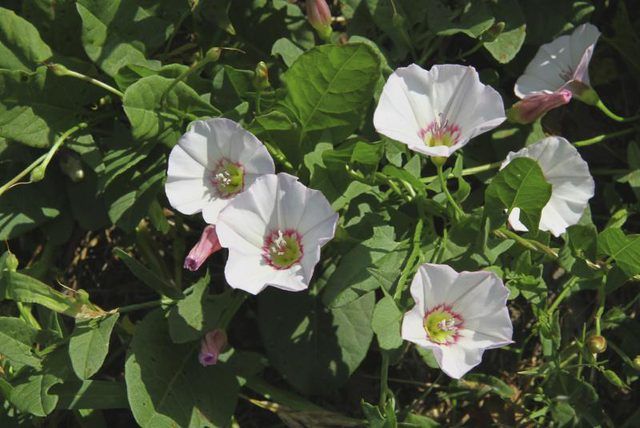Bulbs
Flower Basics
Flower Beds & Specialty Gardens
Flower Garden
Garden Furniture
Garden Gnomes
Garden Seeds
Garden Sheds
Garden Statues
Garden Tools & Supplies
Gardening Basics
Green & Organic
Groundcovers & Vines
Growing Annuals
Growing Basil
Growing Beans
Growing Berries
Growing Blueberries
Growing Cactus
Growing Corn
Growing Cotton
Growing Edibles
Growing Flowers
Growing Garlic
Growing Grapes
Growing Grass
Growing Herbs
Growing Jasmine
Growing Mint
Growing Mushrooms
Orchids
Growing Peanuts
Growing Perennials
Growing Plants
Growing Rosemary
Growing Roses
Growing Strawberries
Growing Sunflowers
Growing Thyme
Growing Tomatoes
Growing Tulips
Growing Vegetables
Herb Basics
Herb Garden
Indoor Growing
Landscaping Basics
Landscaping Patios
Landscaping Plants
Landscaping Shrubs
Landscaping Trees
Landscaping Walks & Pathways
Lawn Basics
Lawn Maintenance
Lawn Mowers
Lawn Ornaments
Lawn Planting
Lawn Tools
Outdoor Growing
Overall Landscape Planning
Pests, Weeds & Problems
Plant Basics
Rock Garden
Rose Garden
Shrubs
Soil
Specialty Gardens
Trees
Vegetable Garden
Yard Maintenance
I Have Vines Growing in My Grass
I Have Vines Growing in My Grass. Even a healthy lawn can sometimes be home to unwanted, invasive plants, including broad leaf weeds and sometimes, vines. Eradicating them successfully depends on assessing the situation, including identifying the type of vine, the degree of infestation and the health of the surrounding grass. Generally, it is best...

Even a healthy lawn can sometimes be home to unwanted, invasive plants, including broad leaf weeds and sometimes, vines. Eradicating them successfully depends on assessing the situation, including identifying the type of vine, the degree of infestation and the health of the surrounding grass. Generally, it is best to choose the most benign vine control method first, followed by stronger methods, if necessary.
Vine Identification
Many vining plants can grow in lawns, including field bindweed (Convolvulus arvensis), which grows in U.S. Department of Agriculture plant hardiness zones 4 through 8, with arrow-shaped leaves, and ground ivy (Glechoma hederacea), which grows in USDA zones 3 through 10, featuring scalloped leaves and purple, lipped flowers. Sometimes climbing vines also creep into lawns. These include bittersweet nightshade (Solanum dulcamara), hardy in USDA zones 4 through 8, with red berries and five-petaled purple flowers and sweet autumn clematis (Clematis terniflora), which grows in USDA zones 5 through 9, with small, shiny green leaves. All are invasive. Bittersweet nightshade is toxic if eaten.
Simple Treatments
Mowing your lawn may be enough to control vines. Mowing prevents the plants from flowering or setting seed and limits spread. If only a few vines penetrate the grass, they can also be pulled up. Use a garden knife or sharp-edged trowel and dig down to the plant's roots. Pull or lift it out, being careful to remove all the roots. Because some invasive vines can regrow from even small pieces of remaining root, monitor the affected area for a few months and pull up any new weedy vines.
Smothering Vines
If the vine infestation cannot be controlled by hand-pulling or mowing and you are willing to sacrifice some parts of your lawn, you can kill vines by smothering them. The easiest way to do this is to lay down newspapers -- several layers thick -- or cardboard on the affected area and cover that with a layer of organic mulch, such as shredded bark. The vines are deprived of light and air and will die within a month or so. Once the vines under the paper and mulch is dead, reseed or resod the area.
Herbicide Treatment
If everything else has failed, you may need to treat the vines with herbicides containing glyphosate. The weedkiller can be sprayed on the vines or brushed on the leaves and stems in areas where the treatment must be carefully targeted so you don't kill the lawn grass. Ready-to-use glyphosate herbicides can be sprayed directly on the problem vines. Spray until the leaves and stems are thoroughly wet. Wear goggles, gloves, long pants and long sleeves and spray on a calm day. Glyphosate products are non-selective, so grass in the treated area may also die. Treated vines will show signs of withering within a few hours.